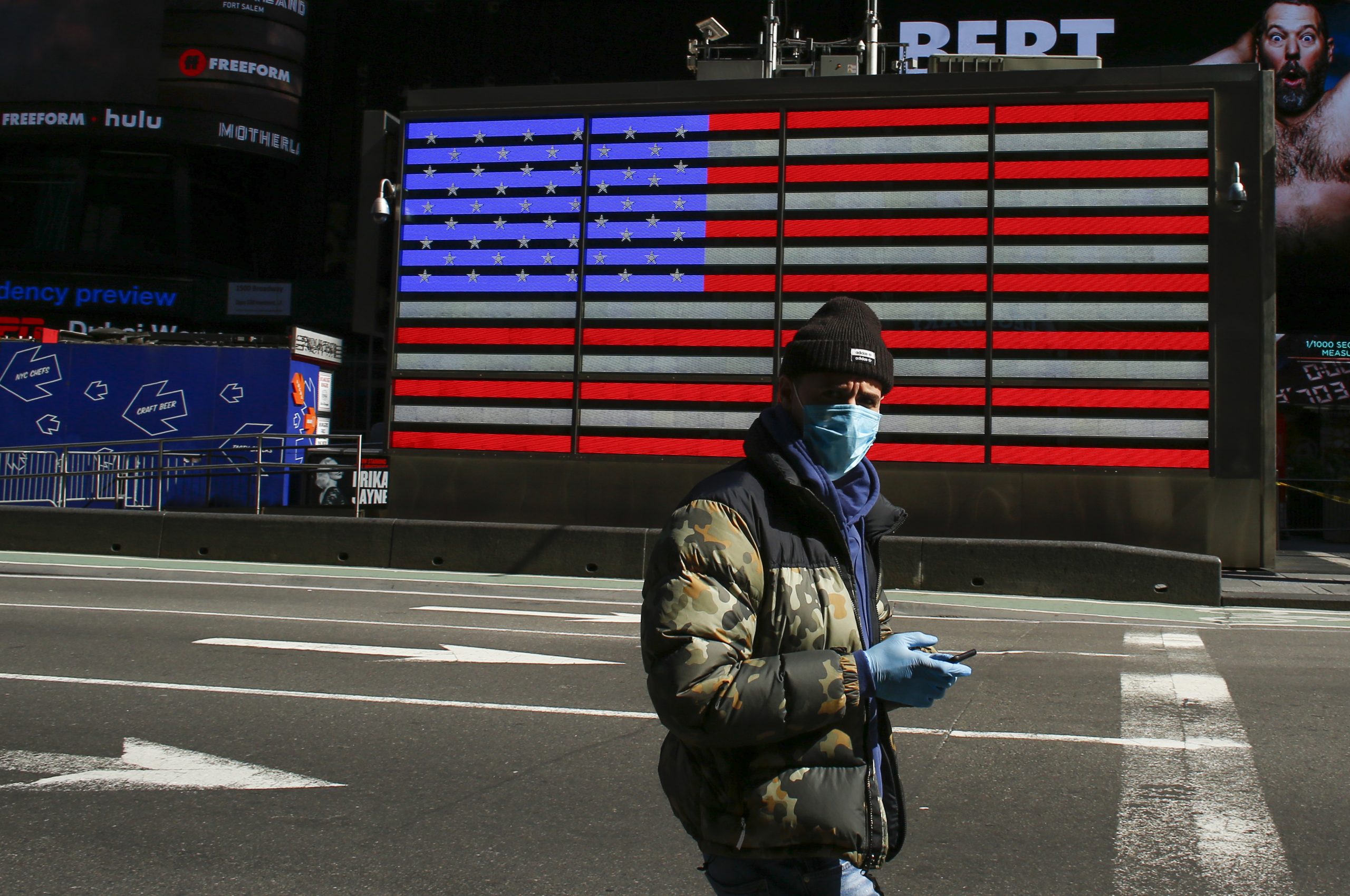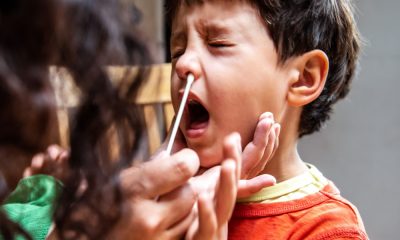While the Omicron subvariants BA.4 and BA.5 appear to be more contagious, they don’t necessarily make the people who are infected with them sicker, according to Maria Van Kerkhove, the World’s Health Organization’s (WHO) technical lead on COVID-19.
Van Kerkhove gave insight into the two sublineages of the Omicron variant on Wednesday during a WHO Q&A on Twitter, saying that the BA.4 and BA.5 subvariants have been detected in more than a dozen countries but are circulating at low levels.
LIVE: Q&A on #COVID19 updates with @DrMikeRyan and Dr @mvankerkhove. #AskWHO https://t.co/Ypmq6zvwsy
— World Health Organization (WHO) (@WHO) May 11, 2022
Less than 700 cases of BA.4 have been detected in at least 16 countries, with more than 300 cases of BA.5 identified in at least 17 countries, Van Kerkhove said.
Both subvariants have high cases in South Africa in particular, with 395 cases of BA.4 reported and 134 cases of BA.5 reported as of May 6, according to a data released by the U.K. Health Security Agency, as reported by CNBC.
Cases of BA.4 have also been found in Austria, the U.K., the U.S., Denmark, Belgium, Israel, Germany, Italy, Canada, France, the Netherlands, Australia, Switzerland, and Botswana, according to the report.
The report also indicated that Portugal, Germany, the U.K,. the U.S, Denmark, France, Austria, Belgium, Hong Kong, Australia, Canada, Israel, Norway, Pakistan, Spain, and Switzerland had cases of BA.5.
Currently, the WHO is monitoring the situation to determine the risk of the subvariants.
Van Kerkhove said during the Q&A, “We don’t know how this variant will behave, how these subvariants will behave in other countries that had a dominant wave of BA.2. This is what remains to be seen.”
Also concerning the WHO is Omicron subvariant BA.2.12.1, which has been detected in 23 countries, Van Kerkhove said. More than 9,000 cases of the subvariant have been reported globally, and the majority of cases reported are in the U.S.
Van Kerkhove urged vigilance over the BA.2.12.1, BA.4, and BA.5 subvariants as well as other subvariants that could emerge in the future, saying that there is a “need to maintain the surveillance systems so that we can track this, we can trace it, and we can assess it in real time.”
















